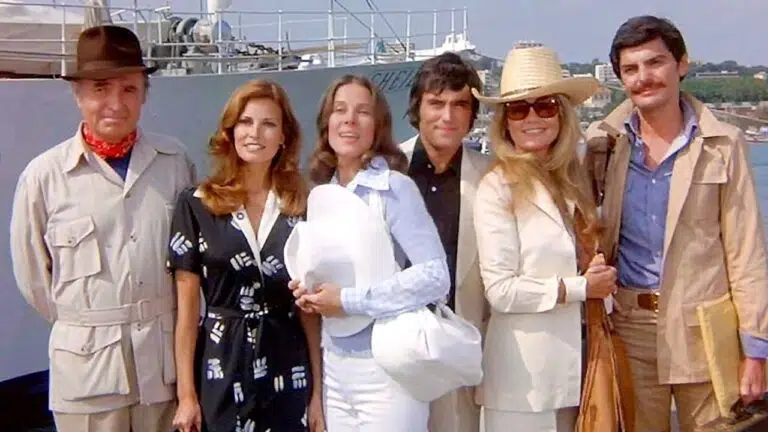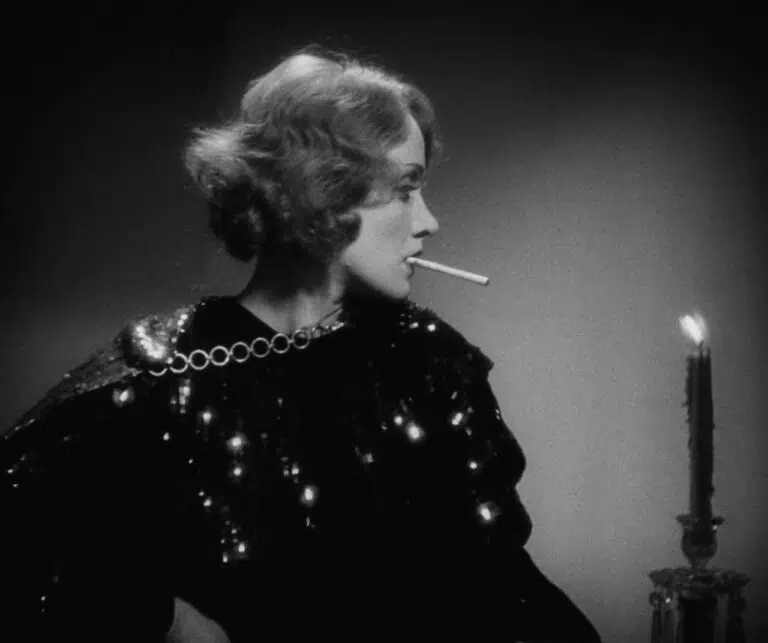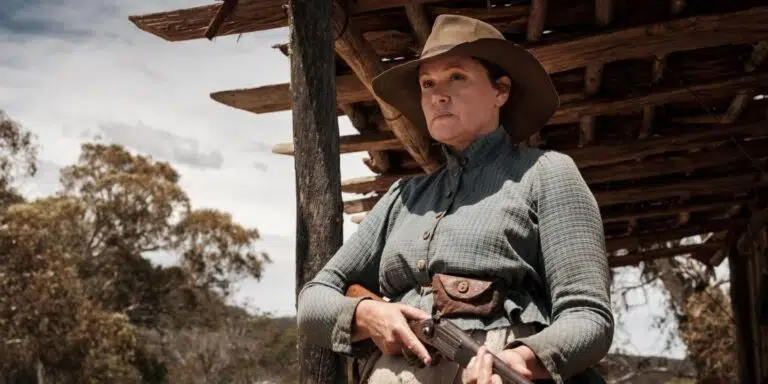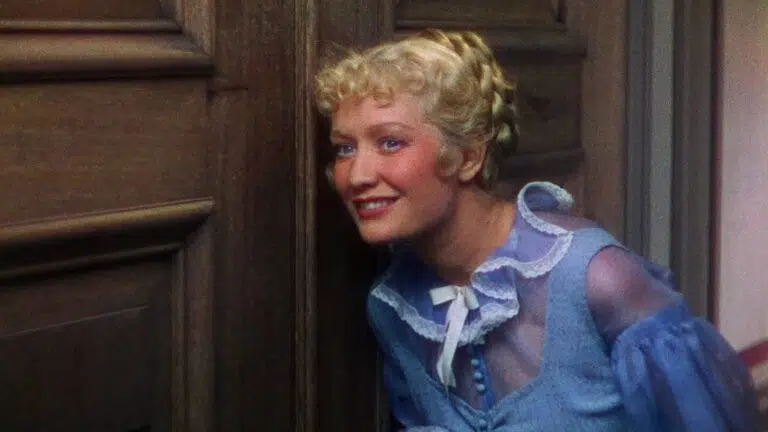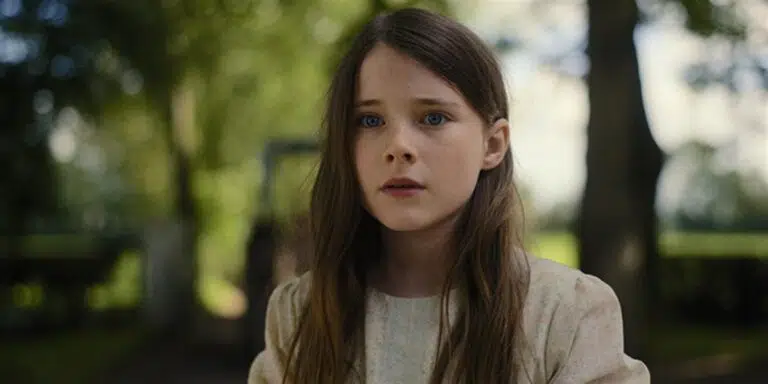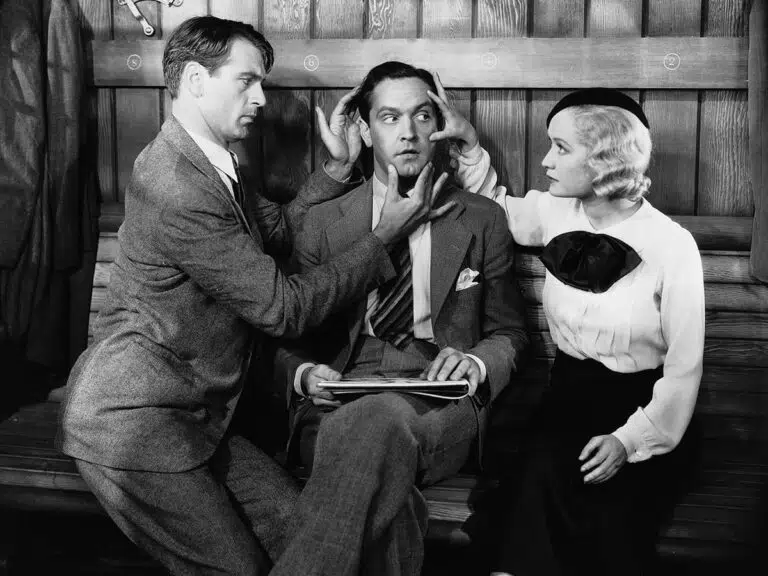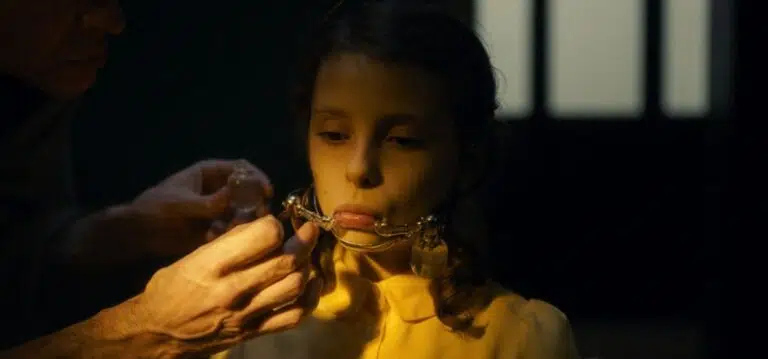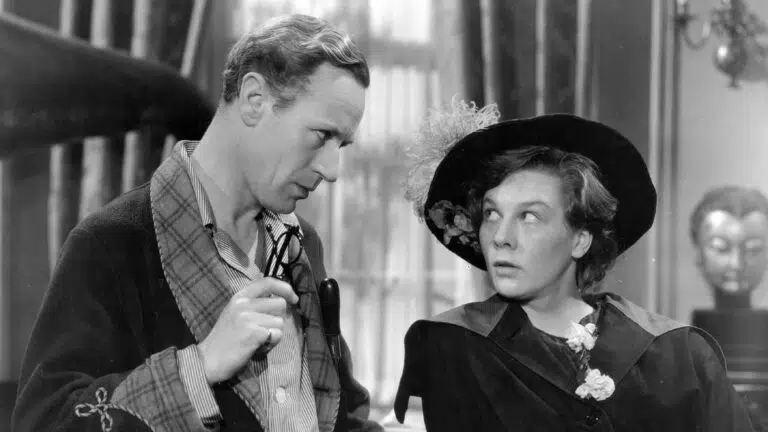The Last of Sheila
As namechecked by Rian Johnson while out on the promotion trail, The Last of Sheila looks like a good chunk of the inspiration for his Glass Onion: a Knives Out Mystery. Adding to its attraction are the names of the bizarre writing team behind this whodunit from 1973: Anthony Perkins and Stephen Sondheim. It was the only screenplay either of them would ever write and sprang from the murder-mystery evenings they used to put on for a bit of fun in New York. The director Herbert Ross, then probably most famous for directing Woody Allen in Play It Again, Sam, was at one of them and suggested Hopkins and Sondheim work one of … Read more
